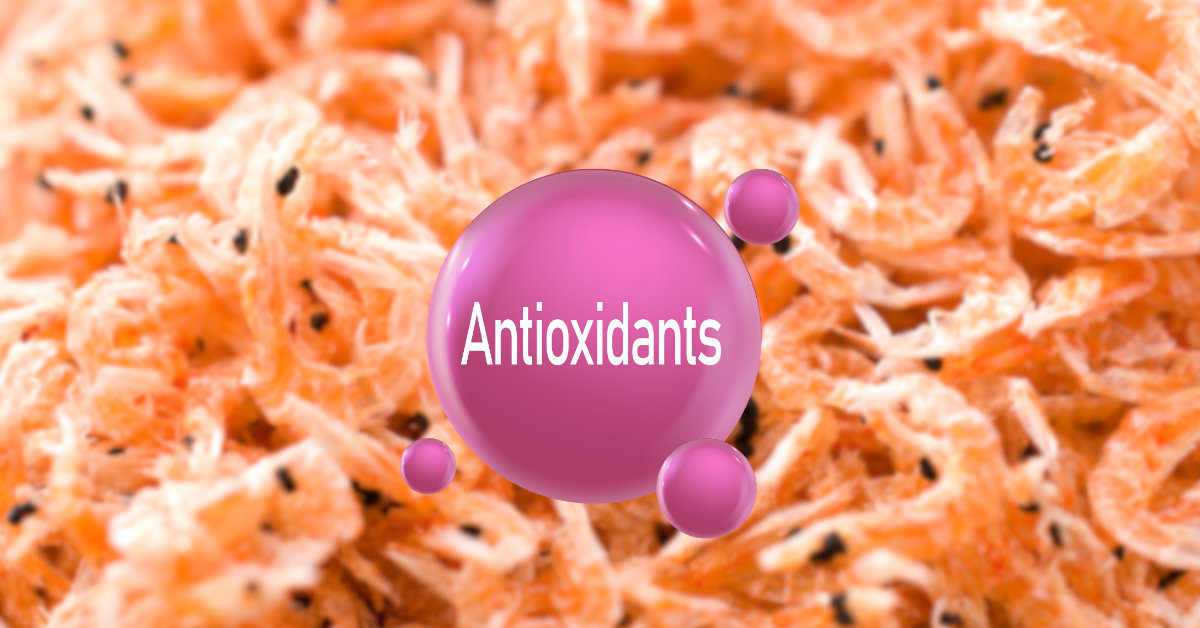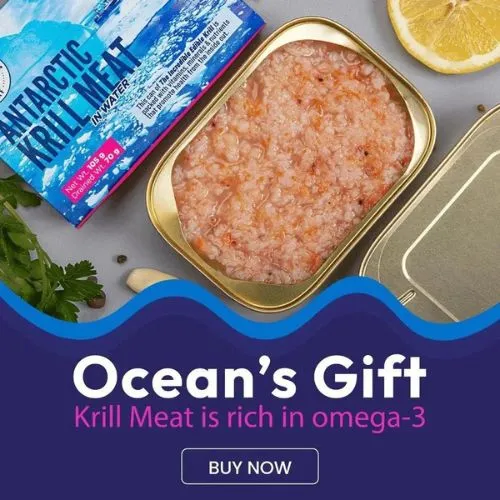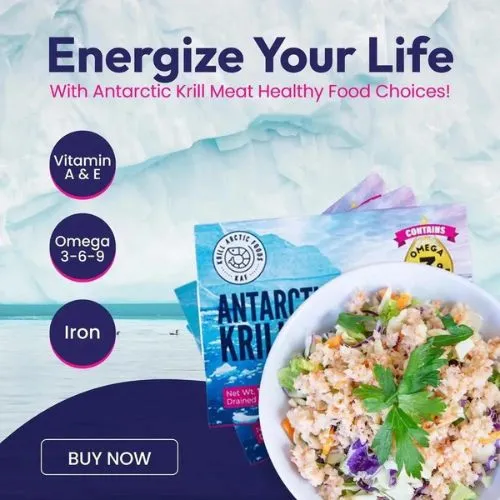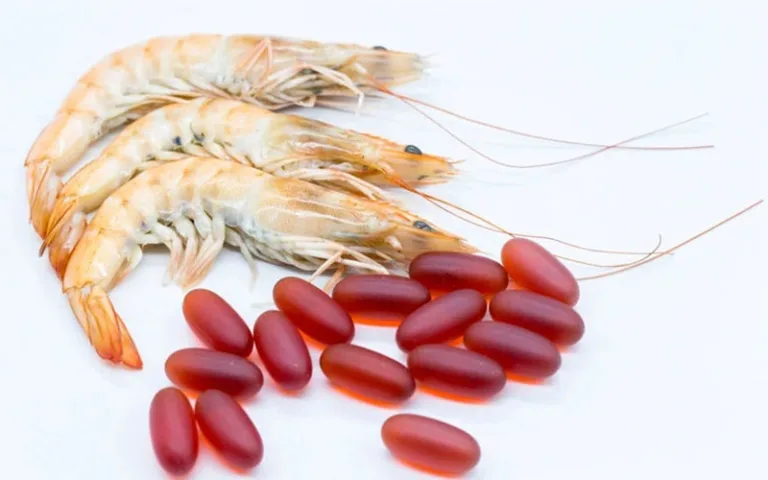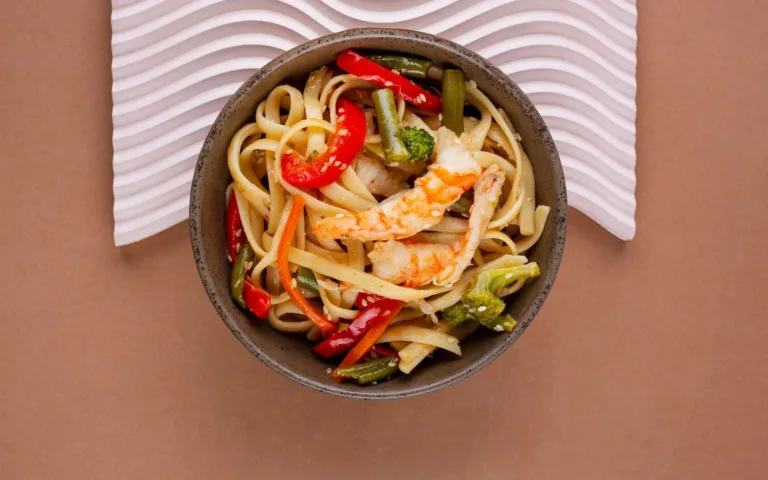Did you know that astaxanthin is up to 6,000 times stronger than vitamin C in neutralizing free radicals? This powerful antioxidant is found in large amounts in krill. It does more than just fight oxidative stress; it also protects your cells from damage caused by everyday things like pollution, bad nutrition, and even lots of exercise.
Astaxanthin is really special because it can protect cells all over your body, making it what is often called a “super-antioxidant.” Krill, is not only a rich source of astaxanthin but also enhances its effectiveness through a synergy of nutrients that amplify its benefits.
By understanding how astaxanthin works and why krill is its best natural source, you can make smarter choices to support your health and well-being. Let’s explore why this antioxidant is so remarkable and how krill helps you unlock its full potential.
Why Astaxanthin is a Powerhouse Antioxidant
Astaxanthin is not just any antioxidant—it’s one of nature’s most powerful defenders against oxidative stress. Its unique molecular properties allow it to provide unparalleled protection at the cellular level, making it a true game-changer for your health.
- Neutralizes Oxidative Stress at the Cellular Level
Astaxanthin’s unique molecular structure enables it to span the entire cell membrane, protecting both the interior and exterior of cells. Unlike other antioxidants that work only in water-soluble or fat-soluble environments, astaxanthin excels in both, providing unmatched versatility and effectiveness.
- Long-Lasting Defense Against Free Radicals
Unlike many antioxidants that neutralize a single free radical and become depleted, astaxanthin can combat multiple free radicals simultaneously without losing its potency. This durability ensures continuous protection, even in environments with high oxidative stress.
- Molecular Stability That Prevents Harm
Astaxanthin’s stability ensures it doesn’t turn into a pro-oxidant—a risk associated with some antioxidants. This means it always acts as a defender against free radicals, reducing potential harm while enhancing its protective qualities.
- Tight Binding to Cell Membranes
Astaxanthin has the unique ability to bind tightly to cell membranes, offering targeted protection where oxidative damage typically begins. This additional layer of defense makes it highly effective in maintaining cellular integrity.
How Krill is the Best Natural Source of Astaxanthin
Astaxanthin is one of the best antioxidants you can get from food, and krill is one of the only natural sources that is both unique and strong. From its superior absorption to its unmatched purity, krill offers a reliable way to harness the full potential of this nutrient powerhouse. Let’s learn in detail.
- Highly Bioavailable
Astaxanthin in Krill comes in a highly bioavailable form, meaning your body can absorb and use it efficiently. This is due to the phospholipids found in krill, which act as carriers, ensuring that the antioxidant is delivered directly to your cells. Unlike other sources, where absorption may be limited, krill’s natural composition guarantees maximum effectiveness.
- Pure and Natural Source
The cleanest and most reliable source of astaxanthin is Antarctic krill from the pristine waters. This environment ensures krill is free from many marine contaminants. Unlike synthetic alternatives often chemically processed, krill astaxanthin is natural and unaltered. Due to its natural purity, krill retains its antioxidant power, providing a potent and effective form of astaxanthin without additives.
- Sustainable and Environmentally Friendly
Krill harvesting is one of the most sustainable practices in the marine industry, making it a standout source of astaxanthin for eco-conscious consumers. Strict regulations and advanced harvesting techniques ensure that krill populations remain abundant and that marine ecosystems are protected. By maintaining this delicate balance, krill serves as a renewable resource that supports environmental health.
- Synergy with Other Nutrients in Krill
Astaxanthin in krill doesn’t work alone—it’s supported by other naturally occurring nutrients like omega-3 fatty acids. Together, these two unusual ingredients boost astaxanthin’s cell-protective properties. The phospholipids in krill further improve the absorption and delivery of both astaxanthin and omega-3s, ensuring they reach the cells where they’re needed most.
This combination of purity, stability, and efficiency sets krill apart as the optimal choice for astaxanthin.
Applications and Relevance of Astaxanthin in Modern Diets
Astaxanthin is gaining attention as a powerful antioxidant with wide-ranging health benefits, making it a key component in modern diets. Whether in supplements or naturally found in krill meat, it’s becoming a go-to choice for those seeking better health and wellness.
Growing Popularity in Health Supplements and Functional Foods
Astaxanthin has become a sought-after ingredient in many health and wellness products due to its antioxidant strength.
- Commonly found in softgel supplements, capsules, and liquid formulations.
- Incorporated into functional foods and beverages to support heart, skin, and overall health.
- Popular among athletes, skincare enthusiasts, and individuals seeking anti-aging solutions.
Krill Meat: A Nutrient-Rich Food Source of Astaxanthin
Krill meat offers a natural way to incorporate astaxanthin into a balanced diet.
- Combines astaxanthin with bioavailable omega-3s and high-quality protein.
- Can be added to salads, soups, stir-fries, or eaten as a standalone seafood option.
- Provides a whole-food alternative for those preferring dietary sources over supplements.
Addressing Misconceptions About Krill and Astaxanthin
There are a few common misunderstandings about the availability and sourcing of astaxanthin from krill:
- Misconception: Krill is hard to source.
- Fact: Krill is abundant and harvested sustainably from the Antarctic.
- Misconception: Krill harvesting harms marine ecosystems.
- Fact: Krill harvesting is strictly regulated to ensure marine biodiversity remains intact.
Conclusion
Astaxanthin truly lives up to its title as a powerhouse antioxidant, offering unmatched protection against oxidative stress and supporting cellular health. Found abundantly in krill, this nutrient combines purity, bioavailability, and sustainability, making it the optimal choice for those seeking natural health solutions.
Krill’s unique composition doesn’t just stop at astaxanthin—it provides a synergistic blend of nutrients that amplify its benefits, ensuring maximum effectiveness. Whether you opt for supplements or nutrient-rich krill meat, incorporating krill into your routine is a simple yet impactful step toward better health.
Now is the time to act. By choosing krill-based products, you’re prioritizing your well-being and supporting eco-friendly practices that benefit our planet. Start your journey today and experience the transformative power of astaxanthin from krill—your body and the environment will thank you.
FAQ
How Much Astaxanthin Is in Krill?
Krill naturally contains approximately 18.41 mg of astaxanthin per kilogram of raw krill, with slight variations depending on environmental factors. This concentration makes krill a valuable source of this powerful antioxidant, offering benefits for cellular protection and overall health in a bioavailable, natural form.
What Is the Most Powerful Antioxidant, Astaxanthin?
Astaxanthin is often considered one of the most powerful antioxidants, with the ability to neutralize free radicals up to 6,000 times more effectively than vitamin C. Its unique molecular structure allows it to protect both the inside and outside of cells, providing unparalleled defense against oxidative stress and supporting overall cellular health.
What Is the Antioxidant in Krill Oil?
The primary antioxidant in krill oil is astaxanthin, a potent carotenoid that offers strong anti-inflammatory and cell-protective benefits. Astaxanthin not only enhances krill oil’s stability by preventing oxidation but also supports heart, brain, and joint health, making it a standout feature in krill-based supplements.
Is Astaxanthin More Powerful Than Glutathione?
Astaxanthin is often regarded as more powerful than glutathione in neutralizing free radicals, particularly in lipid-rich environments like cell membranes. While glutathione works primarily within cells, astaxanthin spans the entire cell membrane, providing broader protection against oxidative stress and cellular damage.
What Is a Better Antioxidant Than Astaxanthin?
Few antioxidants rival astaxanthin’s potency. It’s 6,000 times stronger than vitamin C and 800 times more powerful than CoQ10. However, some antioxidants, like glutathione, excel in specific functions such as detoxification. Rather than being “better,” antioxidants complement each other in protecting against oxidative stress.
Is 10 mg of Astaxanthin Too Much?
For most people, 10 mg of astaxanthin per day is safe and effective. This dosage is commonly used in studies and provides significant benefits for reducing oxidative stress, improving skin health, and supporting joint function. However, consult a healthcare professional before starting any new supplement regimen to ensure it suits your individual needs.

